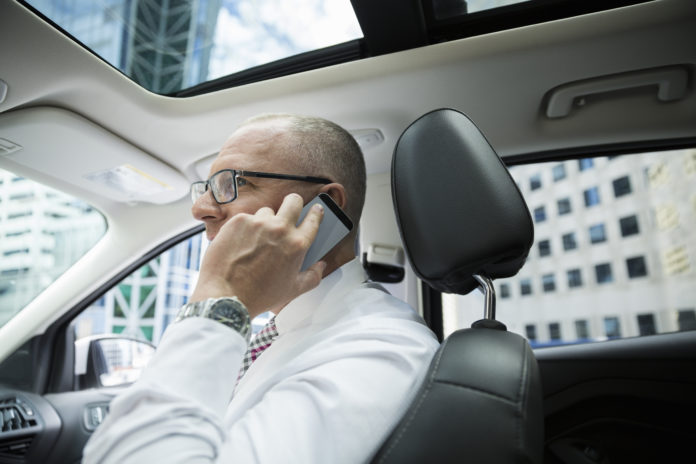For many of us, the definition of the “workplace” has evolved far beyond the four walls of the office. In the 2016 Plantronics Mobile Collaboration Global Survey, 73% of respondents said they work at a company that embraces flexible working and mobility, with 40% reporting regularly travelling for business.
Businesses are increasingly relying upon the ability of teammates to collaborate anytime and anyplace, and this mobile mindset has pushed IT to expand their focus to empowering those in and outside of the office. With diverse work styles and environments becoming the norm, the days of IT strategies focused on “end users” are long gone.
Rather than starting with the infrastructure and working out to the users at the end of the system, IT strategies need to incorporate a people-centric approach – one that focuses on the people, their work styles and pain points, and develop strategies to support them. This shift in thinking will only grow more important as technology opens an increasing variety of options for when, how, and where people engage with work.
Understanding flexible work styles is essential to building this people-centric approach, a task made even more difficult by the group’s subtle differences. The “road warrior” may be the classic image of a mobile worker, but the definition has grown far beyond that archetype.
Recently we conducted an in-depth study to better understand the mobile workforce and developed three overarching personas. By understanding these personas, companies can better address their needs, enabling better collaboration and ultimately, better serve their customers.
The Flexible Worker As the name implies, flex workers include those who work flexibly at various locations. This is the fastest-growing work style, currently representing 23% of a typical enterprise. While these workers spend 58% of their time at a fixed desk (which is often at home as flex workers include the new breed of what we used to call telecommuters), roughly a quarter of their time is spent on the road and as much as 16% at other locations. These workers need tools that can easily travel with them to any location they find themselves, and critically value flexible communication tools such as their mobile phone and laptop.
The Connected Executive Representing 18% of the workforce, these workers are highly valued for their ability to solve problems and set strategies in a fluid, mobile environment. Connected executives may work from the road less than other mobile work styles, but work in various office locations more than the other groups. Since about half of their time is not spent at a personal desk, they consider their mobile phone, laptop, and often tablet to be critical parts of their work lives. Managing devices is a key pain point for this group, as they use more than nine in a typical day to communicate.
The Road Warrior While they may be the smallest segment of the workforce at 8%, road warriors epitomize the mobile lifestyle. With 30% of their working time spent on the move, road warriors consider their smartphones to be lifelines for staying in contact with colleagues and customers. They are always seeking new tools that allow for collaboration in a small enough form factor to move with them.
Chances are, flexible work styles have become part of your daily routine. If you identify with one of these descriptions, you know that no matter who we are, or when or where we work, the need for collaboration remains. And true collaboration can only happen when employees are able to share ideas, opinions and information – regardless of where they happen to be working.
***
This post is sponsored by Plantronics. To learn more about which products can help enable your different mobile workforce personas, click here.







